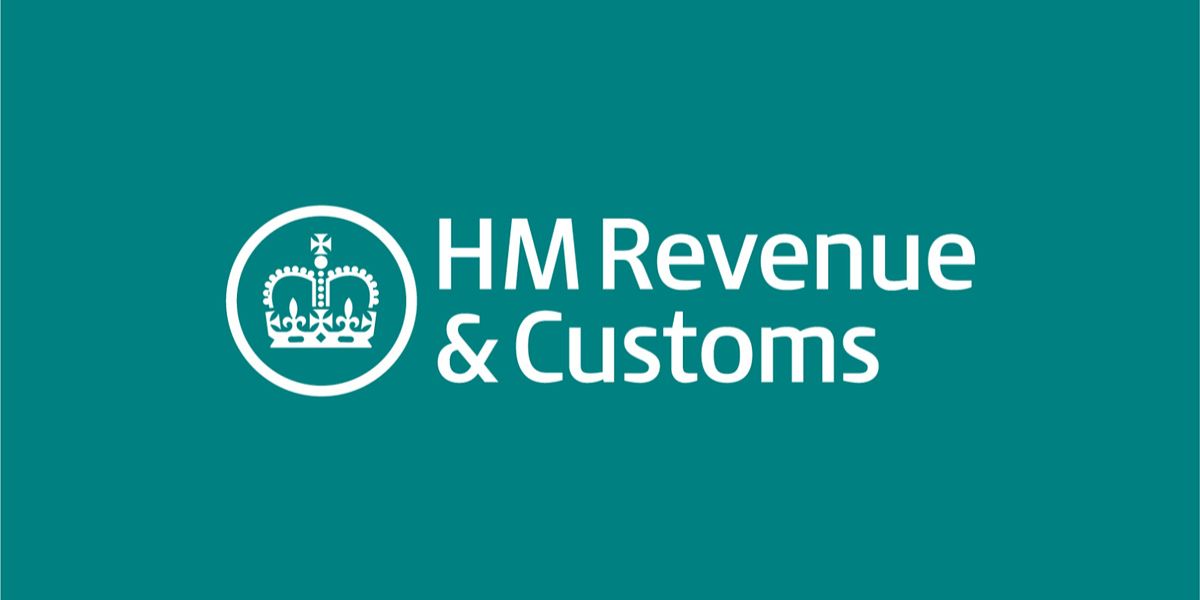On 21 July 2020 the UK issued a consultation document in relation to the detailed operation of a carbon emissions tax. Comments are invited from interested parties by 29 September 2020.
Emissions Trading System
Under the withdrawal agreement with the EU the UK is remaining in the EU Emissions Trading System (ETS) until 31 December 2020. The UK would consider a link between any future UK ETS and the EU ETS. If this link cannot be agreed the UK would implement either an unlinked UK ETS or a carbon emissions tax from 1 January 2021.
The carbon emissions tax would be charged on installations that are currently within the EU ETS and whose emissions exceed the annual tax emission allowance. The carbon emissions tax would be charged on the emissions of these installations with effect from 1 January 2021.
Carbon Emissions Tax
Legislation has already been included in the Finance Act 2019 setting out the basic structure of the carbon emissions tax. The current consultation outlines the proposed operation of the tax in practice and invites proposals on possible future developments.
Businesses would not need to register for the tax or send in a tax return. HMRC would compile a register of taxpayers, calculate tax liability and bill the permit holders on the basis of relevant data that operators already submit to their regulators. After 1 January 2021 the UK would continue to operate a monitoring, reporting and verification regime.
Proposals for implementation
The paper proposes that an emissions allowance would be set for each installation covered by the tax, including main scheme installations and small emitters. Emissions above the allowance would be subject to the tax. The document sets out details on setting the emissions allowance. The government would publish a table of confirmed tax emission allowances for all permit holders covered by the tax each year, beginning in autumn 2021.
Future developments
If the carbon tax is implemented it will be an important part of the UK’s efforts to reduce carbon emissions. The tax would initially apply to almost one third of carbon emissions in the UK but to help the UK reach its emissions goals the tax would need to expand in scope. Other sectors of the economy where a carbon tax could encourage reduced emissions include the shipping and aviation sectors. Extending a carbon tax to shipping could encourage a shift to low carbon fuels. Aviation is already within an aviation EU ETS, although there are extensive exemptions, so reporting and monitoring systems are already in place. The consultation also asks for input on other sectors that could be included within the scope of the tax.
Negative Emissions Technologies
The UK needs to encourage the development of new negative emissions technologies and industries as part of the effort to reach its 2050 climate goals. The carbon emissions tax, or other strategies, could be adapted over the medium term to help reach this objective. The consultation document therefore asks for suggestions on sectors to be targeted; ways to verify that the carbon has been captured and stored; the level of support that could make a difference to business investment decisions; and any other measures that could support the objective.















